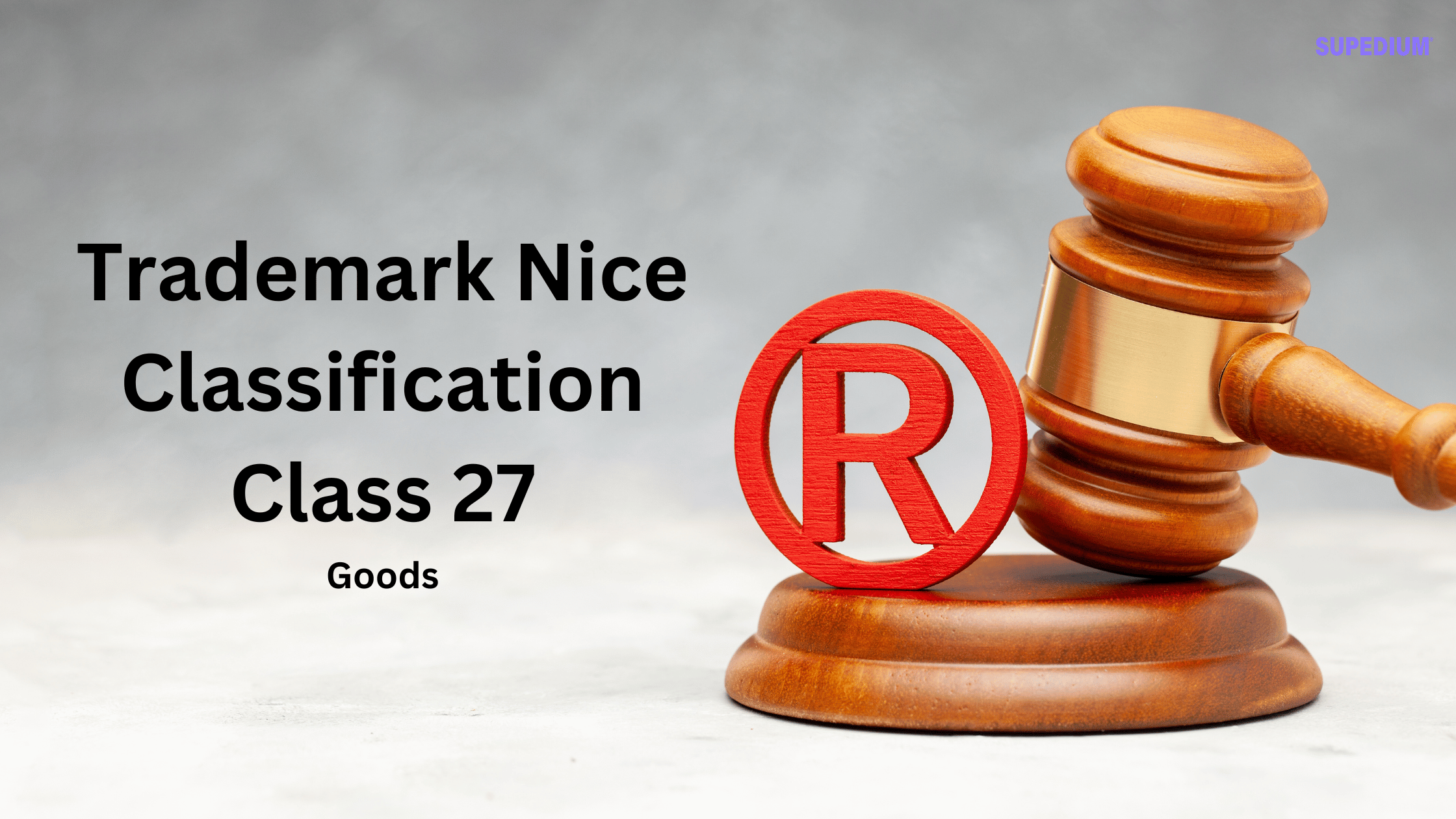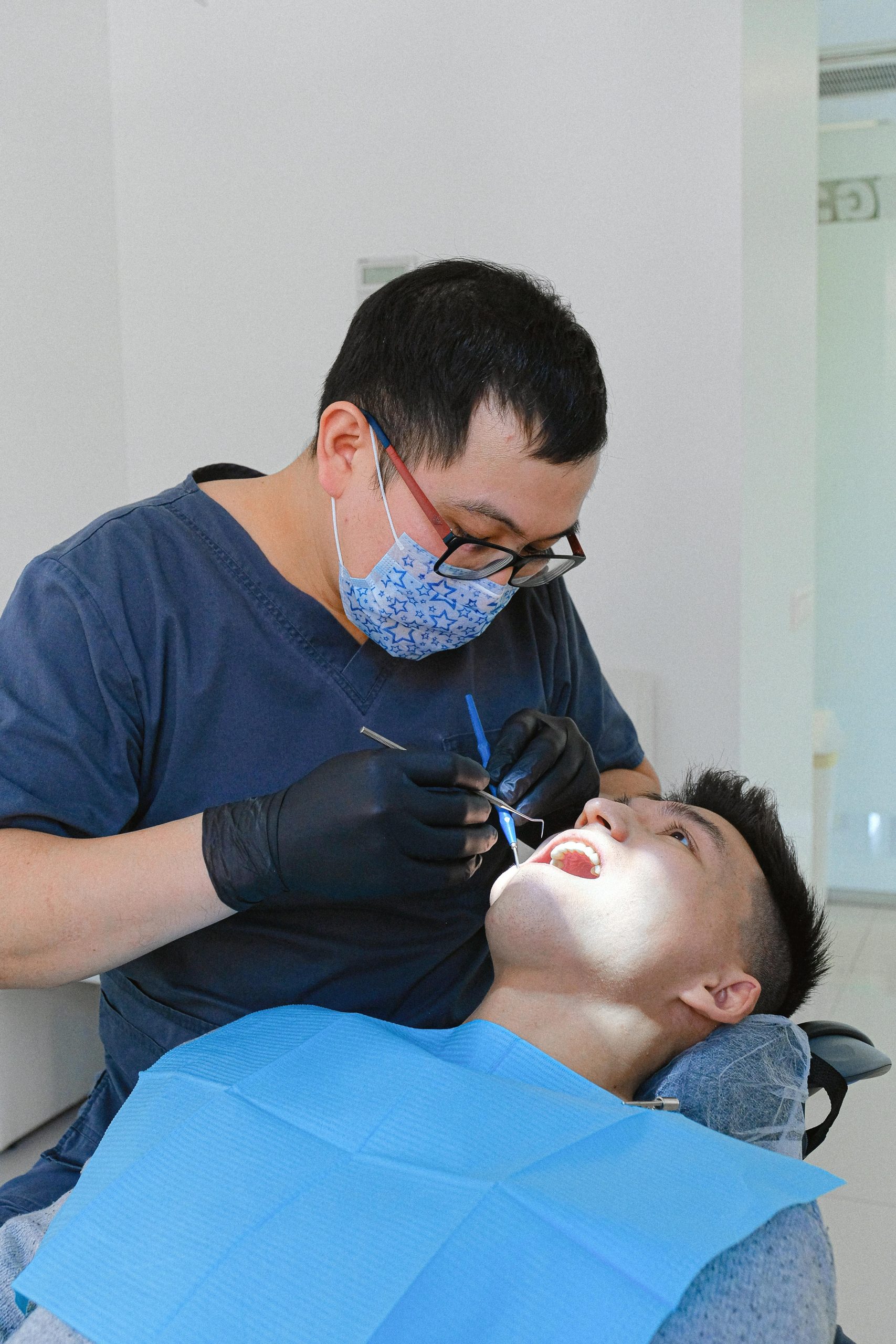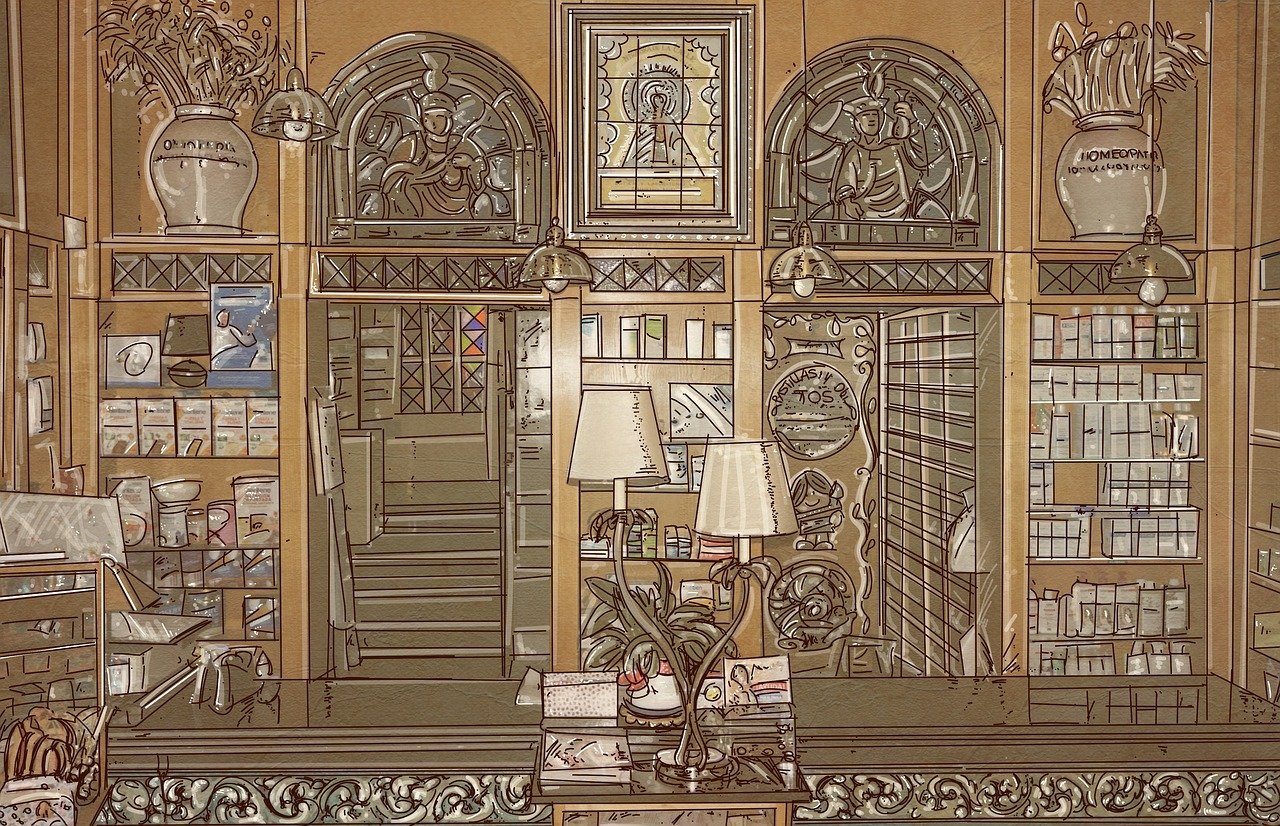Table of Contents
![]()
I. Introduction
The Nice Classification system, established by the Nice Agreement (1957), is a vital framework for the classification of goods and services in the realm of trademark registration. This classification helps businesses and legal professionals determine the appropriate class for their products, facilitating the registration process and ensuring the protection of intellectual property. One of the significant categories in this system is Class 27, which encompasses a range of products primarily intended as coverings for floors and walls. This article will explore Class 27 in detail, highlighting what it includes, what it excludes, and key considerations for businesses seeking trademark registration.
II. Overview of Class 27
Definition of Class 27
Class 27 is specifically designated for products that are added as coverings to previously constructed floors and walls. This includes a variety of materials and items that enhance both the aesthetic and functional qualities of interior and exterior spaces.
Key Categories within Class 27
Within Class 27, products are categorized based on their intended use and material composition, including carpets, mats, linoleum, artificial turf, and wall hangings. Each category serves distinct purposes and meets diverse consumer needs.
III. Products Included in Class 27
Carpets and Rugs
Carpets and rugs are a cornerstone of Class 27, offering both style and comfort to living and working spaces. These products can range from plush area rugs that add a touch of elegance to heavy-duty carpets designed for high-traffic areas. Their versatility makes them a popular choice in residential, commercial, and industrial environments.
Mats and Matting
Mats are another essential product included in Class 27. They serve various functions and come in multiple types:
- Bath Mats: Designed for use in bathrooms, they provide safety and comfort by absorbing water and preventing slips.
- Door Mats: These mats help keep homes clean by trapping dirt and moisture before it enters the house.
- Gymnastic and Yoga Mats: Specialized mats that offer cushioning and support for physical activities, contributing to safety and performance.
Each type of mat serves specific needs, highlighting the diverse applications of products within this class.
Linoleum and Floor Coverings
Linoleum is a durable, eco-friendly material used for floor coverings. It is composed of natural materials, making it an attractive option for environmentally conscious consumers. In addition to linoleum, Class 27 includes various other floor covering materials, providing choices that cater to different preferences and requirements.
Artificial Turf
Artificial turf is another significant product in Class 27, commonly used in sports fields, gardens, and residential lawns. Its low maintenance and durability make it a preferred alternative to natural grass, appealing to homeowners and businesses looking for long-lasting landscaping solutions.
Wall Hangings (Non-Textile)
Class 27 also covers wall hangings that are not made of textile materials. These can include decorative panels, plastic wall coverings, and other non-fabric options that enhance the aesthetic appeal of interiors. It’s important to distinguish these from textile wall hangings, which are classified under a different category.
IV. Exclusions from Class 27
Overview of What Class 27 Does Not Cover
Understanding the exclusions from Class 27 is crucial for businesses aiming to register their trademarks effectively. The following products are specifically excluded:
- Floors, Floorings, and Floor Tiles: These items are classified under Classes 6 (metal) and 19 (non-metal), indicating that they are distinct from coverings.
- Wooden Floor Boards: Also falling under Class 19, wooden floorboards are not included in Class 27, emphasizing the class’s focus on coverings rather than structural elements.
- Electrically Heated Carpets: These products are categorized in Class 11 due to their electrical components.
- Geotextiles: Classified under Class 19, these materials serve different purposes related to soil and landscaping.
- Mats for Infant Playpens: These fall under Class 20, highlighting their specific application in furniture.
- Textile Wall Hangings: These are included in Class 24, separating them from the non-textile options in Class 27.
Importance of Understanding These Exclusions
For businesses seeking trademark protection, recognizing these exclusions is vital. Incorrect classification can lead to application rejections or legal disputes, making it essential to accurately categorize products.
V. Practical Considerations for Trademark Registration
How to Determine if a Product Fits in Class 27
Businesses should carefully evaluate their products to ensure they align with the definitions and categories within Class 27. This involves considering the primary function of the product and its intended use as a covering.
Tips for Businesses Seeking Trademark Protection
- Conduct Thorough Research: Understanding existing trademarks in Class 27 can help avoid potential conflicts.
- Consult Legal Professionals: Engaging with trademark attorneys can provide guidance throughout the registration process, ensuring compliance with classification standards.
- Maintain Detailed Documentation: Keeping records of product descriptions and intended uses can assist in making a strong case for trademark registration.
Examples of Successful Trademark Registrations in Class 27
Many well-known brands have successfully registered trademarks within Class 27, reinforcing their market position and protecting their unique offerings. Notable examples include companies specializing in carpets, floor mats, and artificial turf, showcasing the importance of this classification for various businesses.
VI. Conclusion
Class 27 of the Nice Classification system plays a crucial role in the trademark registration process for businesses involved in producing floor and wall coverings. By understanding what is included and excluded from this class, companies can make informed decisions about their trademark applications. As the market for floor and wall coverings continues to evolve, the relevance of Class 27 remains significant, encouraging businesses to seek protection for their innovative products and designs.
Share This





Be the first to comment